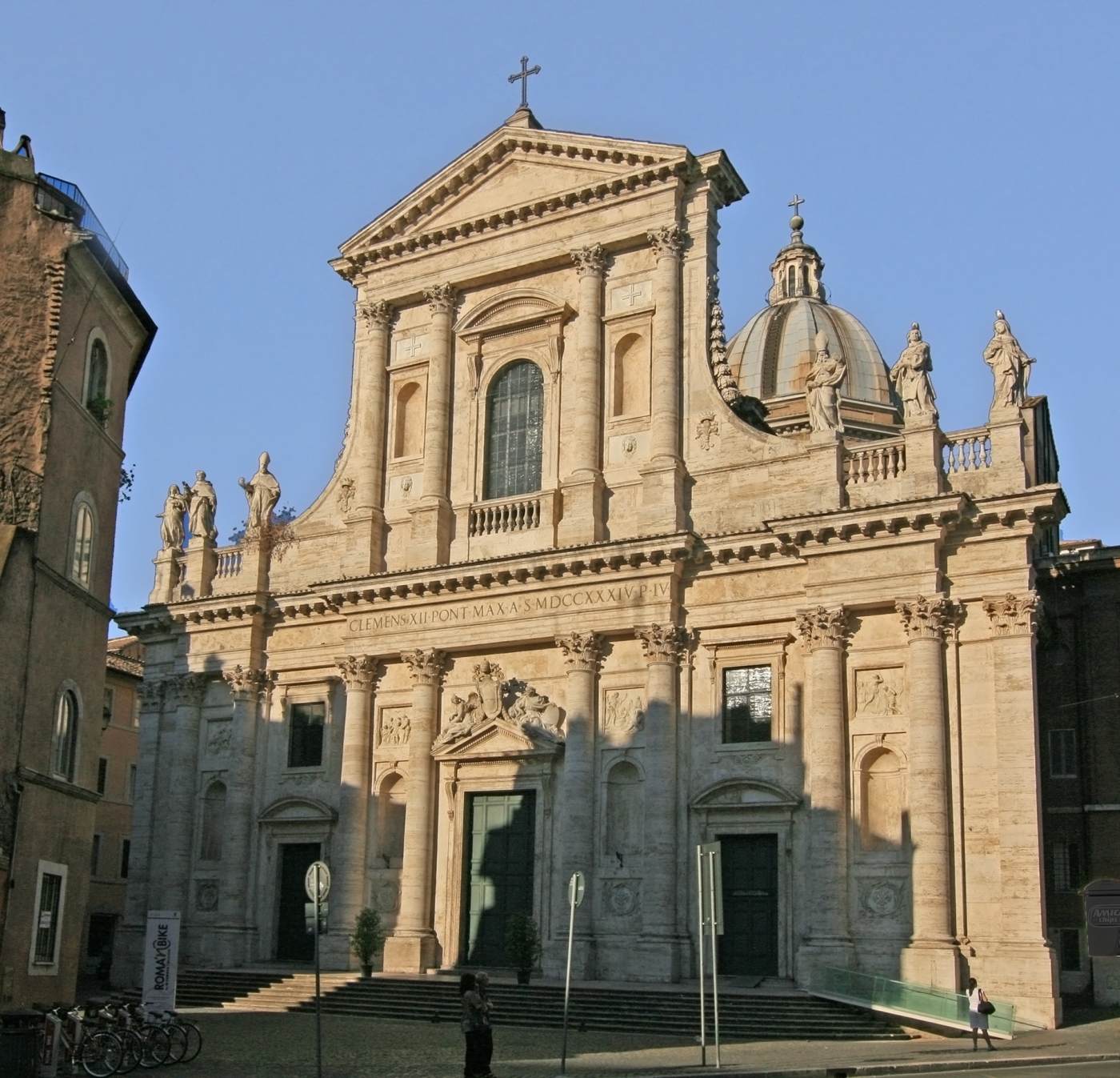Italian architect, mathematician and engineer, member of the same patrician family as Galileo Galilei (1564-1742), the great astronomer and physicist. He received architectural and engineering training in Florence from Anton Maria Ferri, who lectured and wrote a treatise on perspective, fortifications and artillery. With him young Galilei worked on the study of building techniques, stereometry, hydraulics.
Visiting English milords were impressed with the classicism of his early designs, and he was invited to London in 1714. There he participated in a variety of architectural projects. Nevertheless, aside from a funerary monument, no major commissions were forthcoming.
In 1718 Robert, Viscount Molesworth employed Galilei in Ireland. There, when William Conolly, the richest man in Ireland was just beginning to build Castletown House, near Dublin in County Kildare, he met Galilei. Galilei designed the façade of the main block of Castletown, the grandest Palladian house in Ireland, but returned to Italy in 1719 and was not associated with the actual construction of the house, which was begun in 1722 and carried through by the young Anglo-Irish architect Edward Lovett Pearce (c. 1699-1733).
Once more in Florence after 1719, Galilei was appointed Ingegnere delle fortezze e fabbriche di corte ("Engineer of court buildings and fortresses") of the Grand Dukes of Tuscany, Cosimo III and Gian Gastone de' Medici, last of the Medici grand dukes, neither of whom, however, could provide him with architectural projects suited to his talents. Galilei's projects during this period included a renovation of the choir of Cortona Cathedral that featured a severely classical triumphal arch motif, additions to the Villa Venuti, at Catrosse, near Cortona, for Domenico Girolamo Venuti, and a design (1724) for the oratory of the Church of the Madonna del Vivaio (since rebuilt) in Scarperia, Tuscany.
In 1730 the Florentine patrician Lorenzo Corsini was elected as Pope Clement XII and called Galilei to Rome in 1731 to build his family's chapel, the Cappella Corsini in the Basilica di San Giovanni in Laterano (completed 1732). During the next six years, Galilei created all of his most notable works, which were executed in a Classical, anti-Baroque style. The most notable of these was the façade of San Giovanni in Laterano, a commission awarded after a competition (1733-36). The monumental severity and palace character of the façade caused a scandal in Roman artistic circles but was admired later in the century by French and British neoclassicists.
Galilei also built the more conventionally Baroque façade for San Giovanni dei Fiorentini (1734), where the cornice between lower and upper stages breaks forward at centre and ends, and niches between engaged Corinthian columns and sculptural detail all provide the Baroque light-and-shade.
//
![]()



